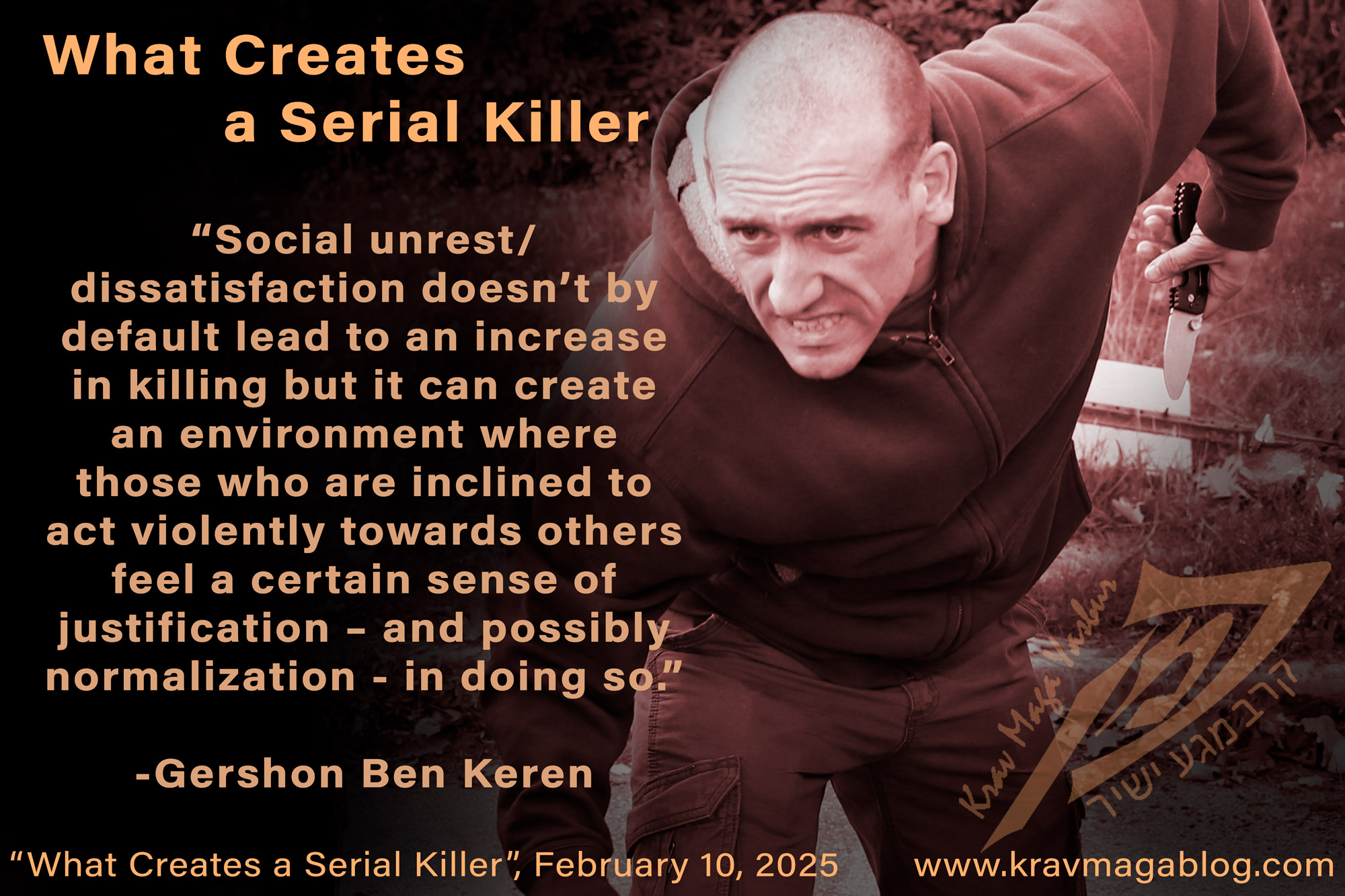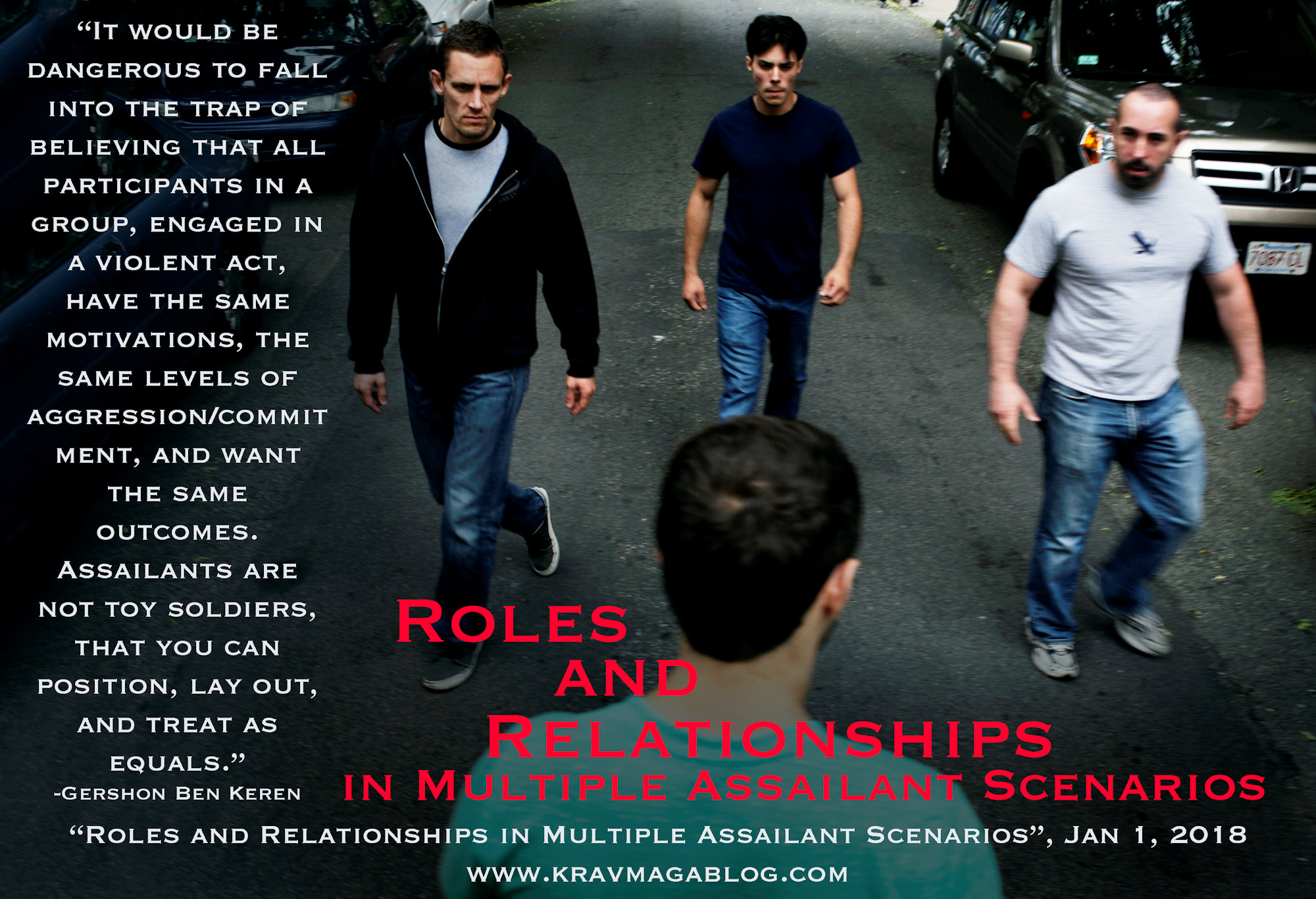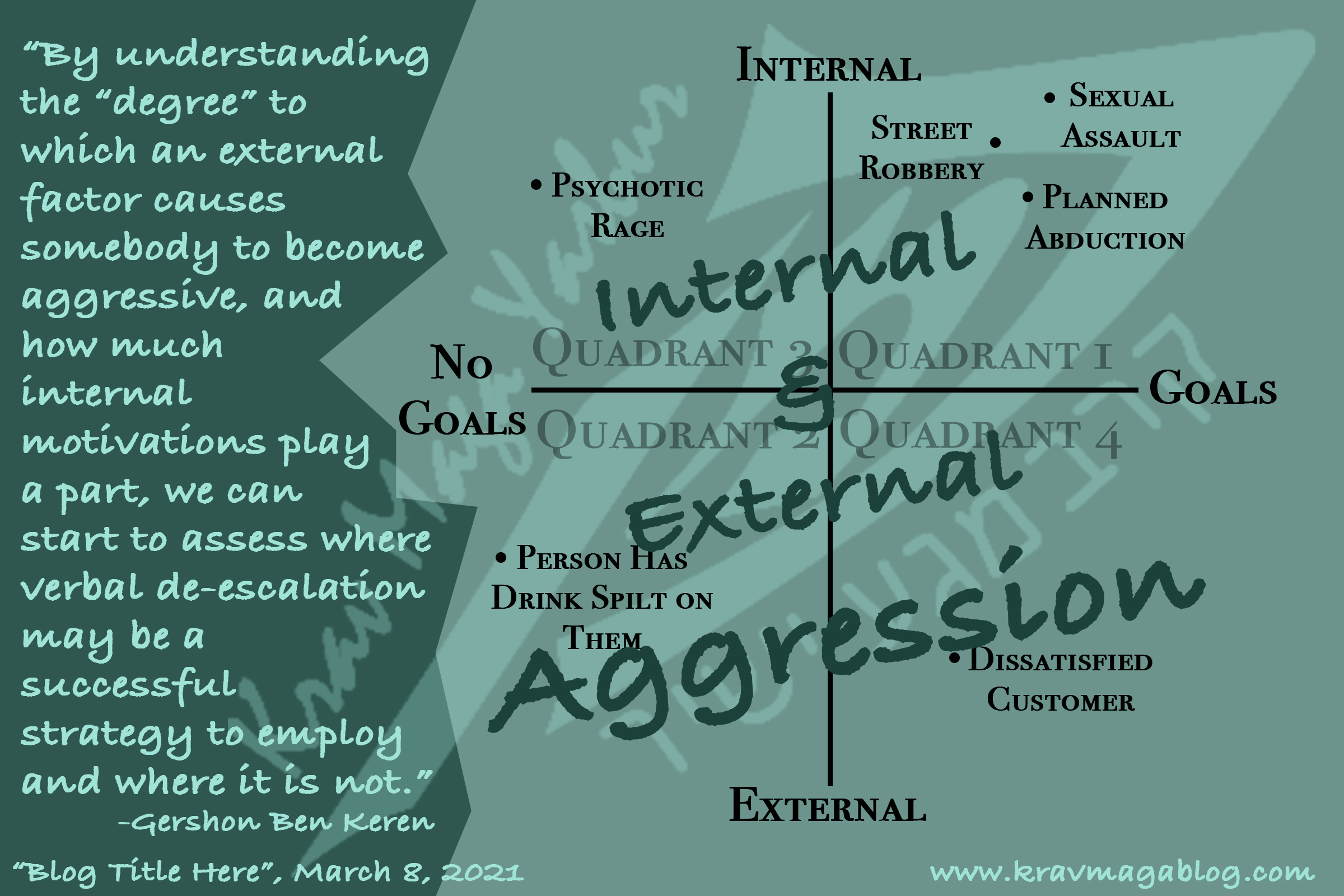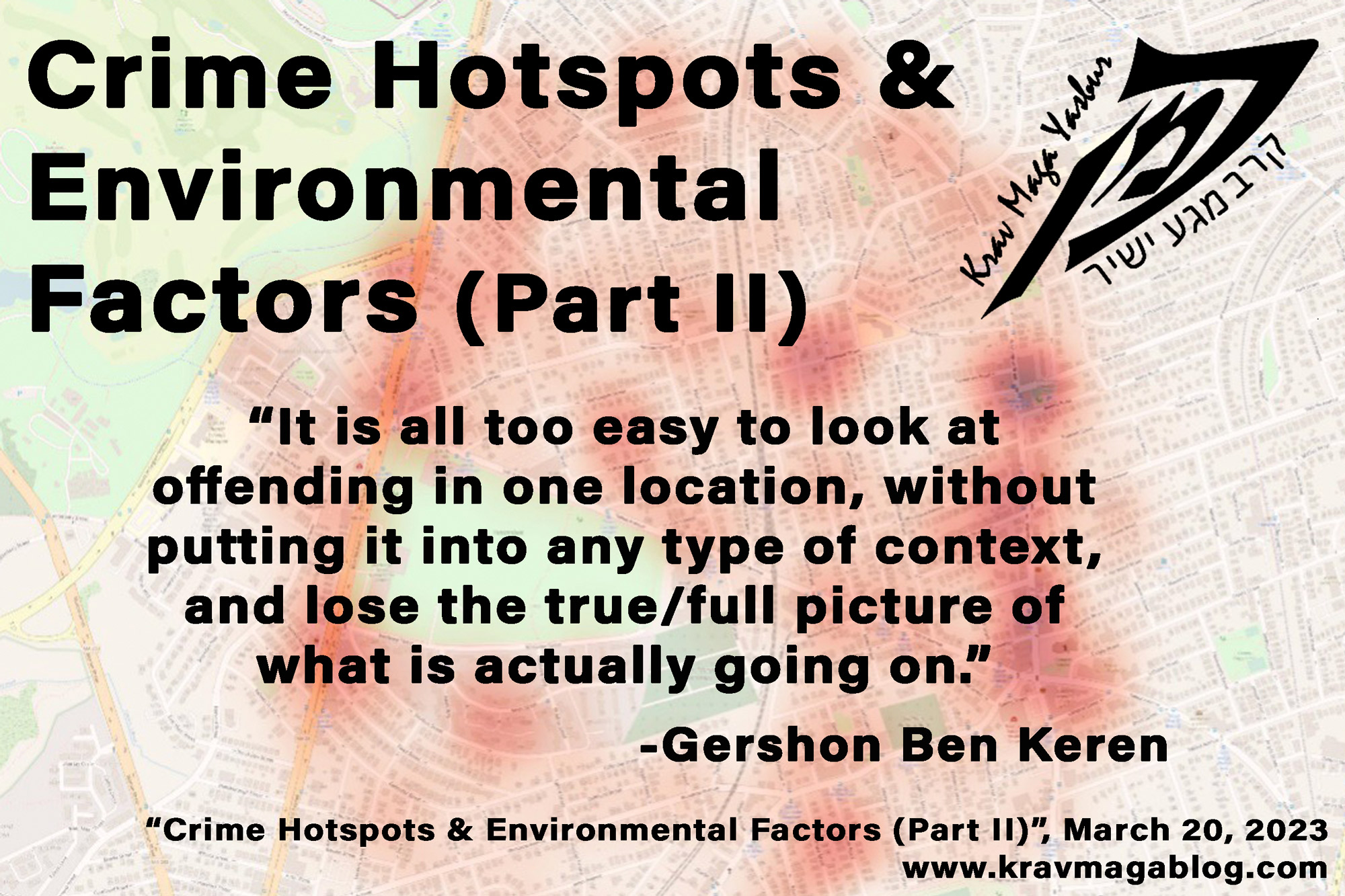When Instead Of How, is an article written by Gershon Ben Keren, a 5th Degree Black Belt in Krav Maga, who teaches Krav Maga in Boston, MA. He has also authored three Amazon best-Selling Books on Krav Maga.
Despite the way many people present and teach self-defense, surviving a real-life violent altercation, is less about physical techniques and more about effective decision making i.e. knowing when to act, and knowing when not to. It is an easy trap to fall into; equating technical ability with survivability. The techniques that you learn, are simply tools that you use as part of the solution, they are not the solution itself.
Back in the day, when I practiced Judo within the BJA (British Judo Association), there were different types of Black Belt. As well as there being the standard Black Belt, that you reached through a mix of learning/demonstrating technique, and taking part in open-weight Randori/sparring, there was also a coaching Black Belt. This was for those individuals who were competent in knowing techniques, and teaching them, but lacked the skills, the timing and the ability to employ them in Randori/Sparring. They knew the “How” of the technique but not the “When”. If you wanted a technical explanation and demonstration of a technique, these individuals were expert, however when it came to performing the technique/throw against an active opponent in a sparring/Randori setting they were found wanting; their timing was off, and their threat recognition and effective decision making was absent. This is not meant as a criticism of such individuals, as they were often great coaches/instructors and had their place in the BJA, however it demonstrates that there is a difference between knowing and performing a technique in one setting, and not being able to apply it in another. Unfortunately, I see the same issue in Krav Maga and Reality Based Self Defense circles; extremely technically competent instructors who either neglect or are unable to explain, the scenarios in which such techniques should (and should not) be used, and the timing or “when” of how to use them.
One very clear example of this comes when instructors teach weapon disarms and controls e.g. they simply explain how to perform a gun disarm, without any explanation about the different reasons a person could be holding a gun to you, when it may be better to acquiesce, how to create and divert attention away from the fact that you are about to perform a disarm, when it may be better to acquiesce to a demand etc. They simply teach that if somebody points a gun to your head, you immediately perform a disarm. This approach is almost as dangerous, as not knowing how to perform a disarm; what if there is a second gunman present, should you still disarm? Without explaining the scenario in which an assault takes place, and the situational components present, and how these effect decision making and timing etc. performing disarms as the immediate default response to a gun being pointed at you is naïve and dangerous. Don’t get me wrong, I understand that decisiveness is important, however deciding and acting without knowing all of the relevant information is not a good survival strategy – hopefully good situational awareness, leading up to such an assault, will already equip you with much of the information you need to make an informed decision – and from a reality based self-defense perspective, this needs to be taught alongside the technical.
One of the things you learn through sparring is that to get a technique to work, you not only need to be able to perform your technique well, you need to put your partner in a disadvantaged position, in order for it to be effective e.g. throwing a front kick as your partner moves away is a lot less effective than throwing it as they are moving in, and on to it. Unfortunately, I rarely see this approach, carried through to Krav Maga and self-defense training e.g. a short barreled weapon disarm is performed without first putting the assailant in a disadvantaged position etc. and yet what will make much of a technique effective in real-life is taking the holder’s attention away from the weapon. This can be as simple as asking them open ended questions that they need to process and think about, and you can do this within their “script”, responding to their demands etc. This is simple stuff, yet it often gets neglected.
It may be that you can increase your survival chances by getting an aggressor, to position themselves and/or their weapon in such a way that your technique has more impact. In Krav Maga, there is a belief that groin strikes are a silver bullet. In reality, groin strikes can be very hard to make, especially with kicks and knees – in training situations this is often not apparent. In real-life jeans with a low hanging crotch will make such strikes largely ineffective, and people’s natural stances will often mean that the groin is not exposed. One way you can expose the groin, to a kick, is to take a slightly circular step to your left, so that your assailant has to make a similar step to face you, which opens up their groin. Without controlling your aggressor’s movement and putting them in a disadvantageous situation, the groin strike that you’ve practiced studiously on the pads, and against a static opponent is in all likelihood is not going to be effective.
Pre-emptive striking is another area of self-defense, where context is often left out, and only the physical technique explained e.g. I often hear instructors talk about making pre-emptive strikes, without explaining when to make them. For me, a pre-emptive strike or assault should only be made when it is clear that an aggressor is about to make an attack – until this point disengagement and de-escalation should be the preferred strategies. But what are the signals that indicate an individual is about to make an assault? From my own experiences, it is normally when the individual I am dealing with loses verbal control; either going silent or jumbling their words etc. Yes, most violence happens with dialogue, and is preceded by a verbal exchange – is this reflected in your training?
We can argue that Krav Maga is better than other systems of self-defense, or that one system of Krav Maga is superior to another etc. however if we are not putting our techniques into the scenarios in which they occur, and teaching our students how to put their aggressors in disadvantaged positions, we are not really increasing their survival chances; and at the end of the day, this is what we should be striving for.
0 COMMENTS













